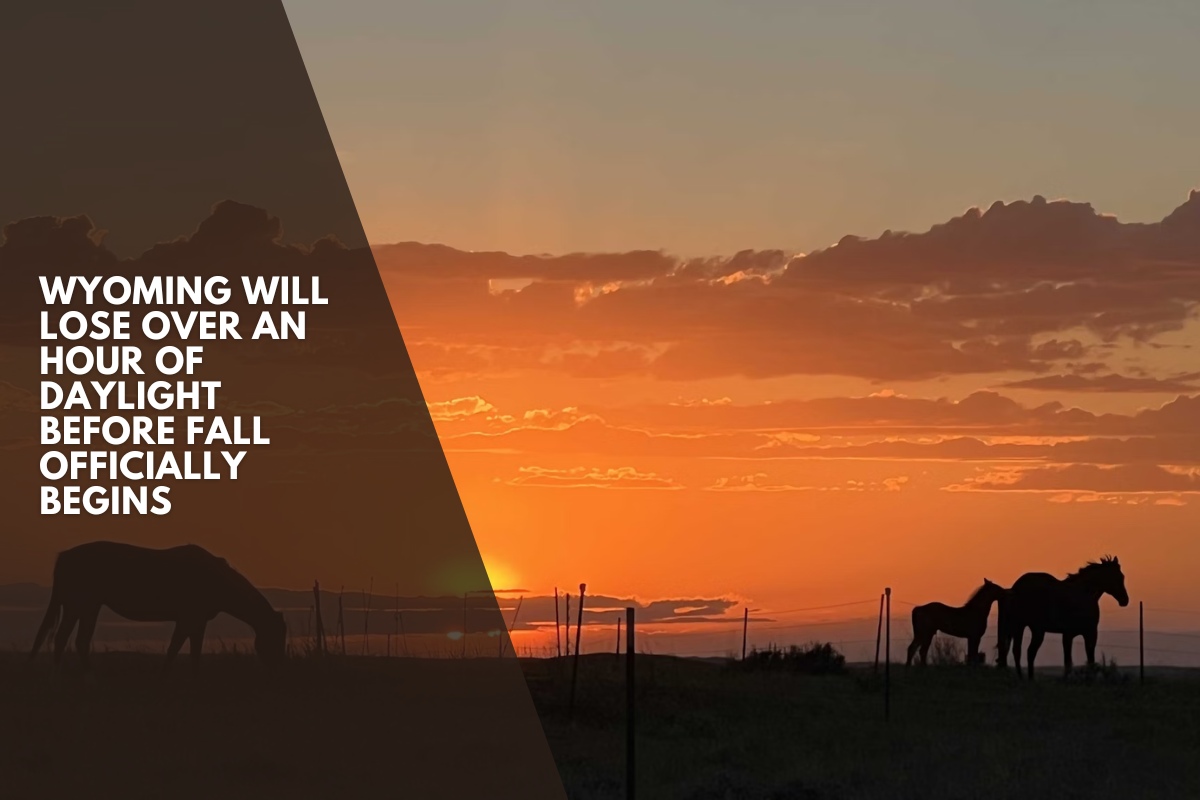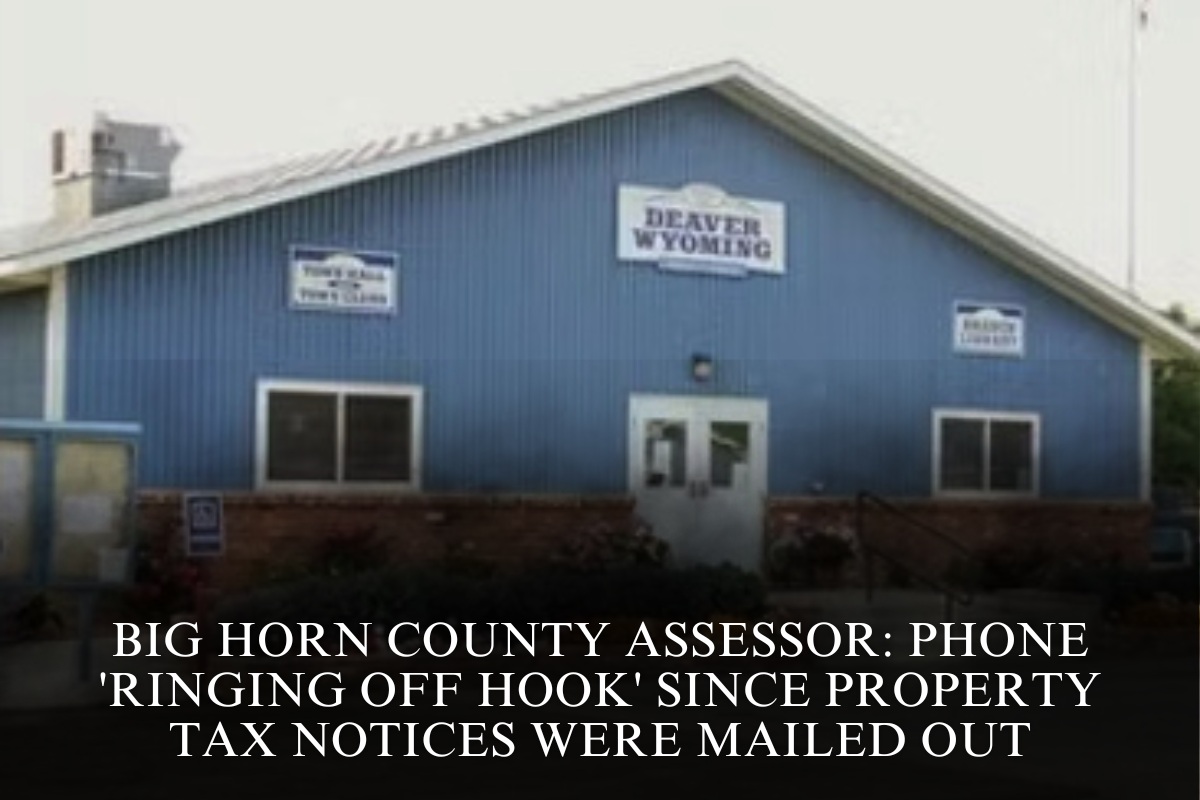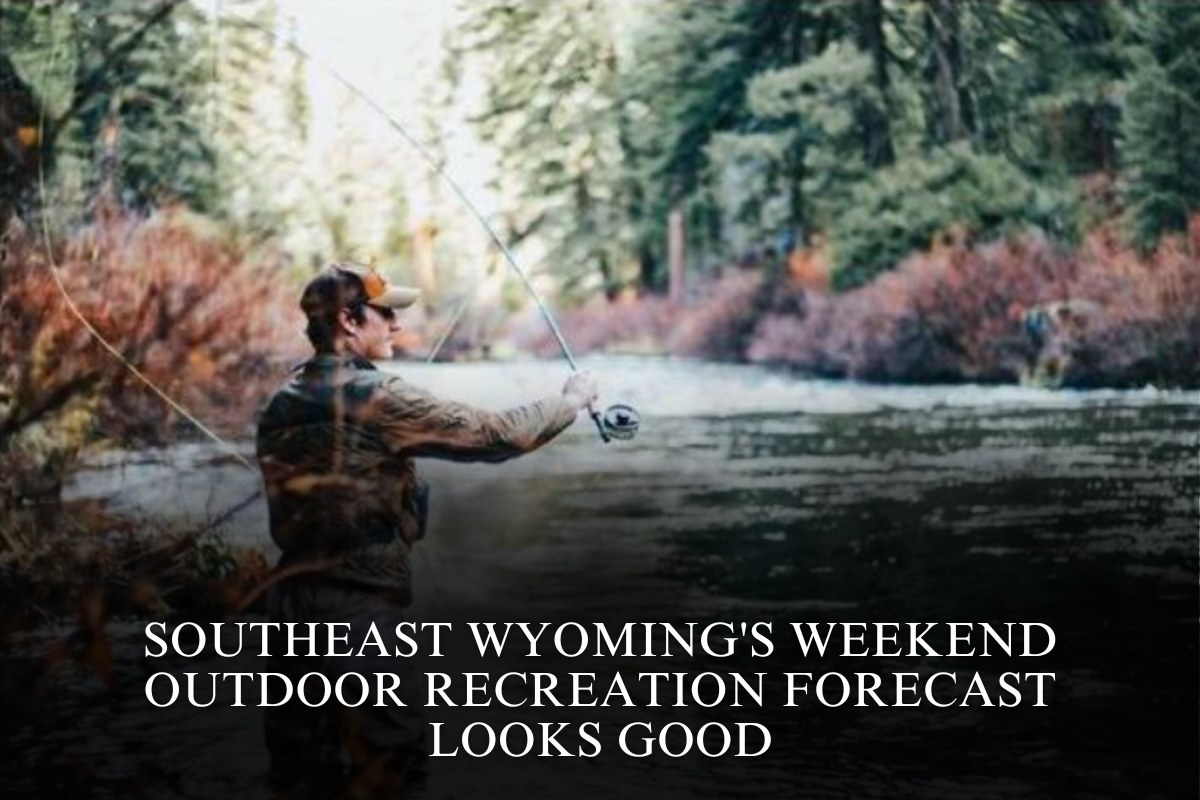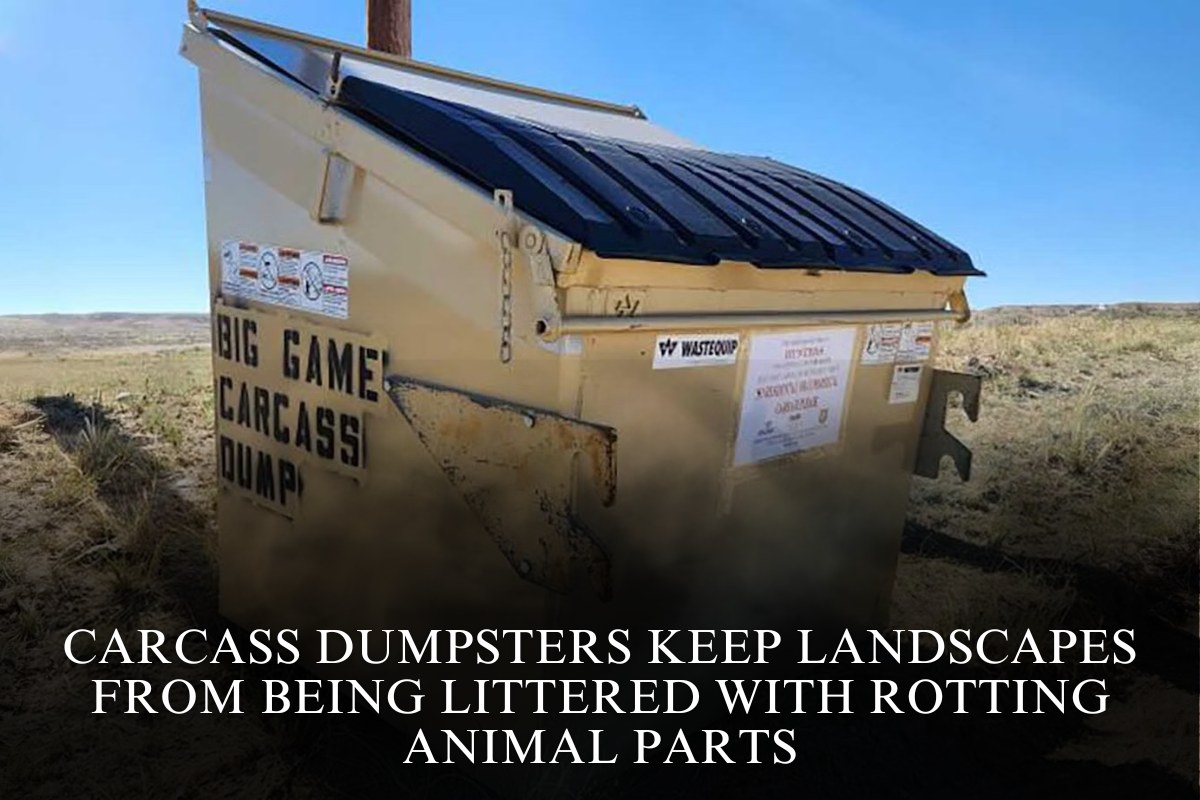Summer isn’t over for another three weeks, but it’s taking up an unusually large amount of daylight before it goes. Between now and the autumn equinox on September 22, Wyoming will lose more than an hour of daylight.
“We lose an average of 55 minutes per month after the equinox,” stated Max Gilbraith, planetarium coordinator at the University of Wyoming. “In the next 18 days, we will lose about an hour and 10 minutes of daylight.”
The first bites of winter will coincide with the end of daylight hours. Cooler nights, lower humidity, and the first snowfall of the season are all possibilities before summer officially ends.
“The first half of September is the period of the year when we lose daylight the fastest,” she said.
On The Sun’s Straightaway
This year’s summer solstice occurred on June 20. “Solstice” is a Latin word that means “the sun stands still,” referring to when the sun reaches and remains at its highest or lowest point in the sky, depending on the season.
Following the summer solstice, the amount of daylight has decreased. Gilbraith compared the sudden loss in September to the Earth “hitting the straightway” as it laps around the Sun.
“As we approach the equinoxes, the Earth is moving at its fastest, south or north,” he claimed. “When you reach the apex of the next turn, you will be moving the fastest. That’s where the sun is right now: on the straightaway, heading toward the next turn.”
The Earth’s axis is also relatively stable, centered on the star Polaris. That means it’s tilted in a way that compensates for the lost light.
The first half of September is an unfortunate sweet spot in which the Northern Hemisphere of the Earth speeds past the sun while its axis remains unchanged. As a result, daylight is lost at an incredible rate, up to three minutes per day.
“If you toss a ball into the air, it’s fast when it leaves your hand, goes to zero when it reaches the top, and then it’ll be fastest again as it goes past your hands,” according to Gilbraith. “That’s a way to think about the motion of the Earth and the sun in the sky.”
Sunrise, Sunset
On Sept. 1, the sun rose over Cheyenne at 6:26 a.m. and set at 7:31 p.m. By Sept. 22, the autumnal equinox, the sun will rise at 6:47 a.m. and set at 6:55 p.m. Over an hour of daylight will be lost between the two dates.
And that’s a southern spot in Wyoming. The northern half will lose more daylight faster over the same period.
In Cody, the sun rose at 6:39 a.m. and set at 7:52 p.m. on Sept. 1. On Sept. 22, it will rise at 7:03 a.m. and set at 7:12 p.m., a loss of 1 hour and 4 minutes, with an average of three minutes of daylight lost every day from Sept. 6 through the end of the month.
“The two weeks before and after the equinox are the fastest that we’ll lose daylight,” Gilbraith said. “We will lose around three hours of daylight from Sept. 21 to Dec. 21, but the rate of loss during this one-month period is just a little extra.”
You’ll Feel It
The loss of daylight will be accompanied by noticeable changes in Wyoming’s weather. When you lose over an hour of daylight in two weeks, there’s going to be an impact.
“September is the month when average temperatures start to drop rather quickly, coinciding with the decreasing amount of daylight hours,” said Cowboy State Daily meteorologist Don Day. “First, we notice that it is cooler and drier at night. And when the nights are longer, temperatures in that dry air rise and fall more quickly.”
Day stated that the loss of daylight is noticeable, but the effects are not immediate. When we reach the autumnal equinox, Wyomingites won’t need to be told that fall has arrived.
“It’s cumulative, but there’s always a delay,” he stated. “When the Arctic Circle and northern areas of Canada experience longer nights and shorter daylight hours, colder air begins to build at night. When it has been dark enough for a long enough time in those northern latitudes, significant cold air begins to accumulate and can spill south.”
According to Day, the post-equinox period, from September 22 to the beginning of October, is when the continental United States will experience the greatest loss of warmth and daylight. That’s when he expects Wyoming to get its first “cold shots” of the fall.
“I’m expecting a cool down, but not a big shot of cold, in mid-September,” he informed me. “But, oh boy, it certainly looks like there’s potential for a bigger shot of colder temperatures between the third and fourth weeks of September that could even bring snow.”
Day’s long-range forecast for Winter 2025-2026 predicted cold spells in the fall that Wyoming hasn’t seen in several winters. The rapid loss of daylight will exacerbate any cold spells that reach the Rocky Mountains.
“This winter is analogous to Winter 2019-2020,” according to him. “In the fall of 2019, Wyoming experienced several hard freezes and snowstorms. That was quite significant, and we’ve been seeing a similar weather pattern in the Pacific Ocean that eventually led to what we saw in 2019.”
Darkest before the dawn
Wyoming will continue to lose sunlight until the winter solstice on December 21. Following that, daylight will gradually increase over the first three months of 2026.
Unfortunately, it means that summer is nearly over in the Cowboy State. So take advantage of it while you can.
“If you were to say that summer is over after your location hits 32 degrees for the first time, then we’re looking at two to three weeks left of summer,” Day informed us. “That doesn’t mean you can’t have a few days of summer-like weather in October, but we’ll have our first freeze before then.”
The following is how much daylight some Wyoming communities will lose in September, measured from sunrise to sunset.
Afton
Sept. 1: 6:48 a.m. and 7:57 p.m.
Sept. 30: 7:20 a.m. and 7:06 p.m.
Loss: 1 hour, 18 minutes
Casper
Sept. 1: 6:30 a.m. and 7:39 p.m.
Sept. 30: 7:01 p.m. and 6:47 p.m.
Loss: 1 hour, 23 minutes
Cheyenne
Sept. 1: 6:26 a.m. and 7:31 p.m.
Sept. 30: 6:55 a.m. and 6:42 p.m.
Loss: 1 hour, 18 minutes
Cody
Sept. 1: 6:39 a.m. and 7:46 p.m.
Sept. 30: 7:19 a.m. and 7:06 p.m.
Loss: 1 hour, 29 minutes
Evanston
Sept. 1: 6:50 a.m. and 7:55 p.m.
Sept. 30: 7:34 a.m. and 5:36 p.m.
Loss: 1 hour, 20 minutes
Gillette
Sept. 1: 6:25 a.m. and 7:37 p.m.
Sept. 30: 6:59 a.m. and 6:43 p.m.
Loss: 1 hour, 28 minutes
Jackson
Sept. 1: 6:47 a.m. and 7:57 p.m.
Sept. 30: 7:19 a.m. and 7:05 p.m.
Loss: 1 hour, 24 minutes
Lusk
Sept. 1: 6:23 a.m. and 7:31 p.m.
Sept. 30: 6:54 a.m. and 6:40 p.m.
Loss: 1 hour, 22 minutes
Riverton
Sept. 1: 6:38 a.m. and 7:47 p.m.
Sept. 30: 7:10 a.m. and 6:55 p.m.
Loss: 1 hour, 24 minutes
Sheridan
Sept. 1: 6:30 a.m. and 7:43 p.m.
Sept. 30: 7:05 a.m. and 6:49 p.m.
Loss: 1 hour, 29 minutes
Thermopolis
Sept. 1: 6:37 a.m. and 7:47 p.m.
Sept. 30: 7:09 a.m. and 6:54 p.m.
Loss: 1 hour, 26 minutes
Wamsutter
Sept. 1: 6:38 a.m. and 7:44 p.m.
Sept. 30: 7:08 a.m. and 6:54 p.m.
Loss: 1 hour, 18 minutes












